#Estelle Parsons
Explore tagged Tumblr posts
Text


I hope you’re watching Paul Newman on #TCM today.
On now, RACHEL, RACHEL (1968), produced and directed by Newman. Pictured on set with Joanne Woodward and Estelle Parsons.
45 notes
·
View notes
Text









WATERMELON MAN (1970) dir. MELVIN VAN PEEBLES
24 notes
·
View notes
Text
#Poll#Television#Gay#Paul Lynde#John Inman#Billy Crystal#Scott Thompson#Tony Randall#Estelle Parsons#Martin Mull#Sandra Bernhard#Bronson Pinchot#TV#Soap#Are You Being Served#Roseanne#Love Sidney#Hollywood Squares#The Kids In The Hall
35 notes
·
View notes
Text















Gene Hackman in Bonnie and Clyde (1967)
#gene hackman#bonnie and clyde#1967#warren beatty#estelle parsons#faye dunaway#arthur penn#crime movie#60s movies#1960s film
7 notes
·
View notes
Text
"THE LOVE LETTER" (1998) Review

"THE LOVE LETTER" (1998) Review
Twenty-seven years ago, CBS's "HALLMARK HALL OF FAME" anthology series aired a television movie titled "THE LOVE LETTER". This movie was an adaptation of Jack Finney's 1959 short story of the same title and has become a big favorite of many television viewers over the years.
"THE LOVE LETTER" begins when a computer games designer named Scott Corrigan and his fiancée Debra Zabriskie stumble across an old desk at an antiques store in a suburb outside of Boston, Massachusetts. Being a Civil War history buff as well, Scott buys the desk and later, discovers a letter written in 1863, hidden inside a secret compartment. The letter's writer is a woman in her late 20s named Elizabeth Whitcomb, who conveys her secret feelings and desires to no one in particular. Scott shows the letter to his mother, who believes he may actually be able to communicate with Elizabeth across time. Mrs. Corrigan encourages him to reply with his own letter. She also gives Scott a postage stamp from the mid 19th century, and suggests he mail it from a local post office that had been constructed back in 1857. After Scott follows his mother's suggestions, Elizabeth receives his letter from the local postman, setting in motion a line of communication and developing emotions between them that crosses the boundaries of time.
I might as well put my cards on the table. I am not into television movies from the "HALLMARK HALL OF FAME" series. In fact, I can only think of two or three productions that I found interesting. By the time I had come around to watching "THE LOVE LETTER", I did it for only two reasons - I love time travel stories and I am a Civil War buff. Despite having Cameron Scott and Jennifer Jason Leigh in the leads, I did not have any high hopes for this production. I also discovered that "THE LOVE LETTER" was not a faithful adaptation of Finney's short story. Instead of being set in and around both 1998 and 1863 Boston, Finney's story was set in and around 1959 and 1880s Brooklyn, New York. Whereas the Scott Corrigan character was engaged in the 1998 movie, the lead in Finney's story was a single man. Finney's tale also lacked a mother character for his leading man . . . whereas the 1998 television featured a mother character. The Elizabeth Whitcomb character was plagued by headaches and Finney's leading lady was not. In the 1998 movie, Elizabeth was an aspiring character. But the Elizabeth Worley character in the short story was not.
However, I never found it important for a movie or television series to be completely loyal to its source material, especially if the production in question managed to capture its true essence. Being just as good or even better also helps. I have never read Finney's short story, but I have read the synopsis. Personally, I believe the 1998 movie proved to be just as good as the former. Dare I say . . . perhaps slightly better? I believe the additions created by James S. Henderson's screenplay had added more oomph to Finney's tale. Changing the 19th century from 1880s Brooklyn to 1863 New England and making the leading man a Civil War buff really appealed to my sense of history. But what made this movie even more poignant for me was the addition of lookalikes for the two leads in the story. Scott eventually met Elizabeth's lookalike, a dog owner with whom he becomes acquainted in the movie's end; and Elizabeth met Scott's doppelgänger, Union Army officer Colonel Caleb Denby during the movie's second half. Is it any wonder that I was not surprised to learn Henderson had won the Writers Guild of America Award for Television: Long Form – Adapted.
But what made "THE LOVE LETTER" really worked for me was the developing romance between the two character via the exchange of letters. I also enjoyed how their letters affected their lives. Elizabeth's correspondence with Scott had encouraged her reconsider a marriage proposal from one of her father's neighbors - a man she did not love. Their correspondence also led Scott to reconsider his feelings for his fiancée, a very nice woman with whom he seemed to be going through the motions. After Scott's mother had pointed out that his correspondence with Elizabeth seemed equal to emotional cheating, the movie featured one well-done but painful scene in which Scott revealed the true nature of his obsession with the desk to his fiancée. "THE LOVE LETTER" featured other memorable scenes - Scott and Elizabeth sensing each other's presence on the staircase, inside the Whitcombs' house; Scott's biking accident; Elizabeth's romance with Caleb Denby; the old post office fire in 1998, Elizabeth's journey to Gettysburg, and the battle's aftermath; and Scott's first meeting with Elizabeth's doppelgänger. But the after effects of the protagonists' correspondence is what I remembered most about this television movie.
I certainly did not have a problem with the movie's production values, much to my surprise. Although the 1990s did feature some period television movies with decent production values, I never really considered them top notch. One had to turn to television miniseries for that. And although I found the production values for "THE LOVE LETTER" pretty decent, they did not exactly blow me away. I must admit that I found Dorothy Adams' costume designs very impressive. I was also impressed by Bill Blunden's editing, as he alternated the scene shifts between 1998 and 1863 with such ease. I was especially impressed by Blunden's handling of the sequence, which alternated between Scott's biking accident and Elizabeth's first meeting with Colonel Denby.
As much as I had enjoyed "THE LOVE LETTER", I did have a few issues with it. I had a minor issue with the hairstyle worn by actress Jennifer Jason Leigh. I had no problems with her costumes. But why on earth was her hair worn in such a loose and vague fashion . . . as if the movie's hairstylist tried to create some hybrid fusion between 1860s and 1990s hair styles? I really hate it when a production crew tries to infuse modern fashion, dialogue, music and yes, even hair styles in a period setting. But my main issue with the film focused on Scott's communication with Elizabeth. All the latter had to do was write a letter and shove it inside the desk's special compartment in 1863. As the desk's current owner, Scott was bound to discover it. But Scott's method of communicating with Elizabeth struck me as . . . well, contrived. Thanks to his mother's instructions, he had to use a 19th century U.S. stamp on his letters' envelopes and mail them through an old post office constructed in the mid-19th century. This method enabled his letters to magically transport back to Elizabeth in 1863. I realize that the movie's screenwriters had adapted this method of time traveling from the original short story. But why utilize such a contrived method in the first place? Scott was not a wealthy man. The movie made this clear when he found himself bargaining with an antiques store owner in order to purchase the desk. Nor was he a business owner. Scott was an employee at a video game design company. An unused 19th century stamp would have probably be worth a good deal of money, even in 1998. Considering the number of letters that Scott had sent to Elizabeth, I can only wonder how much money he had spent to purchase more 19th century stamps. Would it have been easier for the screenwriters (or even Jack Finney, who wrote the original short story) to allow the desk or its secret compartment to be some kind of magical entity that allowed objects - including letters - transport through time?
But there is one thing I had no complaints about was the movie's cast. "THE LOVE LETTER" featured some solid performances from the likes of David Dukes, Kali Rocha, Myra Carter, Laurie Kennedy and Richard Woods. But I must admit that I found myself especially impressed by supporting performances from Daphne Ashbrook, Estelle Parsons, Irma P. Hall and Gerrit Graham. But why beat around the bush here. The pair who really carried the film . . . who really made this story worked were the movie's leads, Campbell Scott and Jennifer Jason Leigh. I thought Scott (the actor) did an excellent job in conveying his character's penchant for hiding or suppressing his passion for history, along with his growing obsession toward and love for Elizabeth with subtle reactions and a dry wit. Scott also had the additional task of portraying Colonel Caleb Denby, the Union officer who managed to woo Elizabeth with a charismatic charm. Leigh had never received the opportunity to delve into the personality of Elizabeth's 1998 doppelgänger. But I thought she gave a superb performance as the more openly emotional Elizabeth, who reacted with surprise and joy at the idea of corresponding with a mystery man who understood her, and who found herself struggling with a loving family determined to keep her constrained within a social straight jacket.
Over the past two-and-half decades, "THE LOVE LETTER" has become something of a cult favorite among fans of science-fiction/fantasy and period drama. After my recent rewatch of this television drama, I can see why it has remained very popular. I thought director Dan Curtis and screenwriter James S. Henderson did an excellent job in adapting Jack Finney's short story. And their efforts were enhanced by the excellent performances from the cast led by Campbell Scott and Jennifer Jason-Leigh.

#the love letter#the love letter 1998#jack finney#dan curtis#james s. henderson#time travel#late 20th century#u.s. civil war#campbell scott#jennifer jason leigh#david dukes#estelle parsons#daphne ashbrook#myra carter#gerrit graham#irma p. hall#kali rocha#richard woods#laurie kennedy#battle of gettysburg#period drama#period dramas#costume drama
2 notes
·
View notes
Text


And how many fingers am I holding up?
TGW 04x22 What's in the Box?
#diane lockhart#christine baranski#queen baranski#the good wife#tgw 4x22#what's in the box#season 4#estelle parsons#nana joe
6 notes
·
View notes
Text
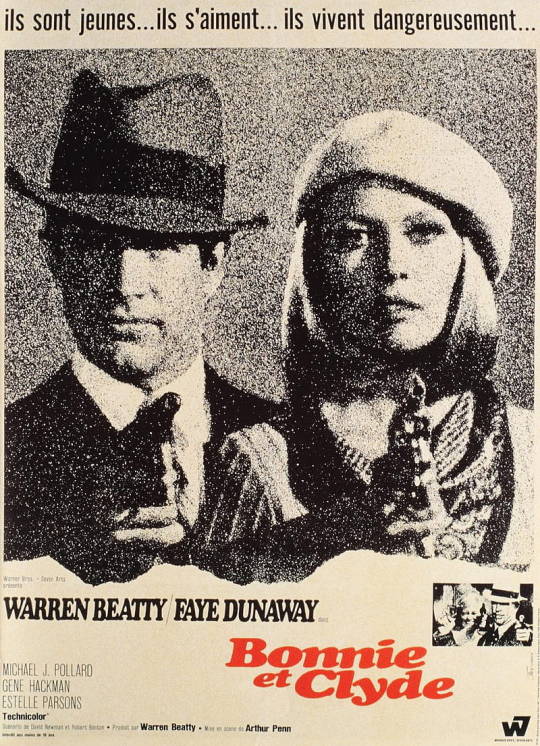

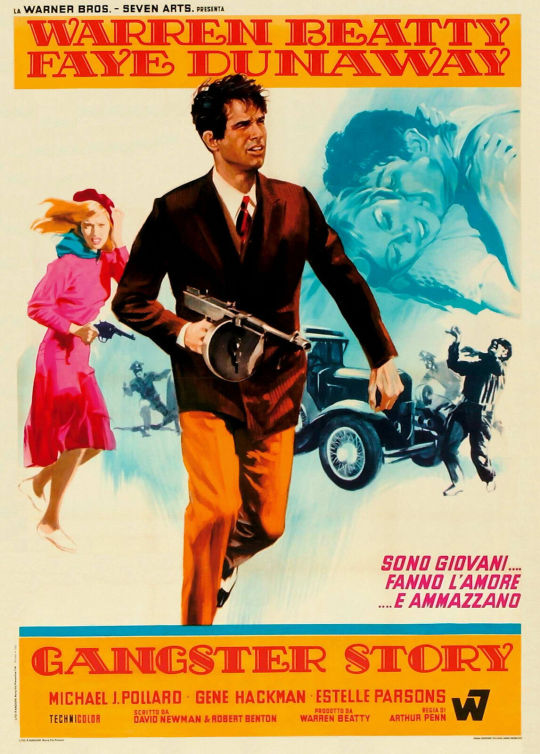
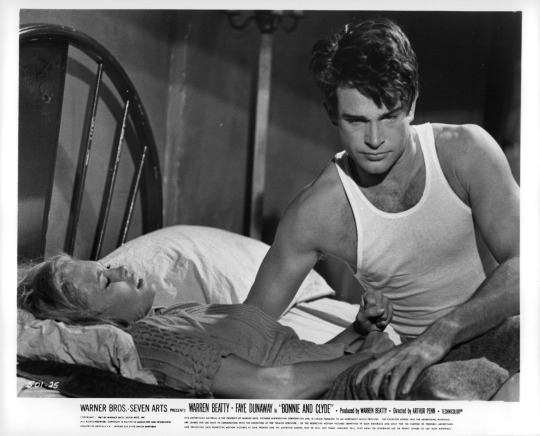
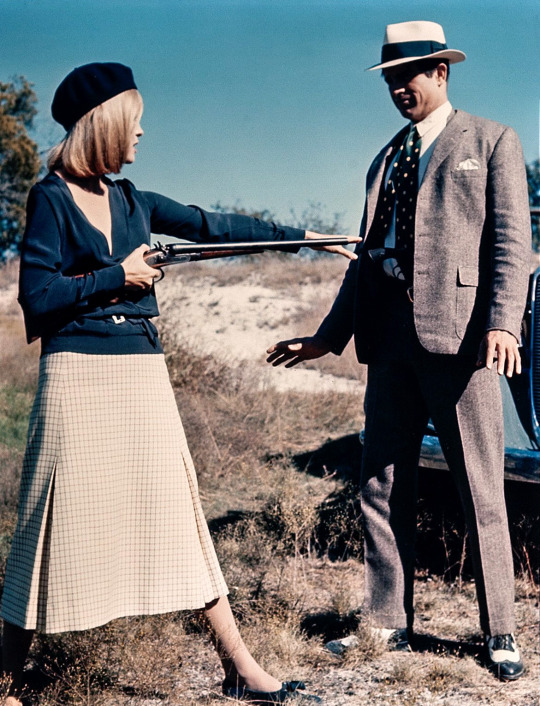
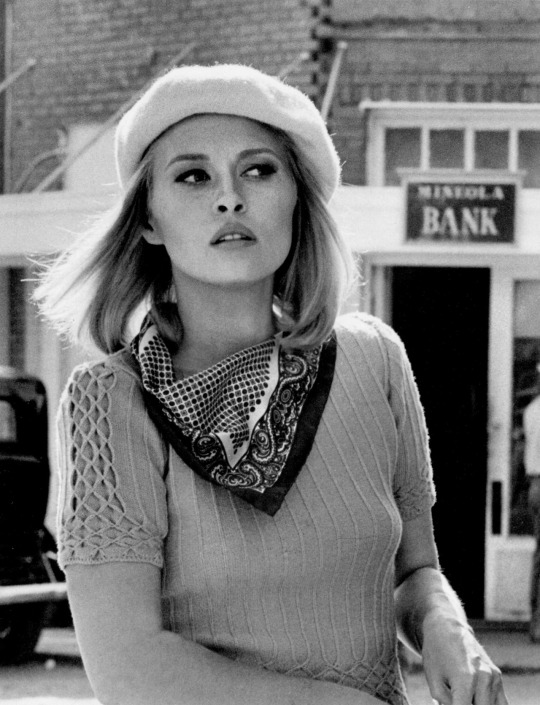


Bonnie and Clyde (1967) Arthur Penn
June 18th 2023
#bonnie and clyde#1967#arthur penn#warren beatty#faye dunaway#michael j. pollard#gene hackman#estelle parsons#gene wilder#evans evans#denver pyle#dub taylor#bonnie and clyde... were killers#favourite
36 notes
·
View notes
Text



obsessed w the halloween decorations in this diner
8 notes
·
View notes
Text

Currently Watching [Tuesday in May Edition]
I WALK THE LINE John Frankenheimer USA, 1969
#currently watching#Tuesday Weld#watching#Tuesday in May#Gregory Peck#Estelle Parsons#John Frankenheimer#Johnny Cash#1969
3 notes
·
View notes
Text
Bonnie and Clyde Hold Up Yesterday's Movies

Bonnie And Clyde. Warner Bros. Pictures 1967.
View On WordPress
5 notes
·
View notes
Text

6 notes
·
View notes
Text


Happy 97th birthday to Oscar winner, Estelle Parsons!
28 notes
·
View notes
Text

#aesthetics#characters#lesbian#lgbtq#jackie harris#aunt jackie#roseanne#the conners#laurie metcalf#bev harris#estelle parsons
1 note
·
View note
Text
American Rot

AMERICAN ROT by Kate Taney Billingsley directed by Estelle Parsons: After two tech-heavy Broadway shows it was refreshing to go to La Mama, sit on a folding chair and watch a play where the only scenery that moved was chairs as the actors adjusted positions. Billingsley has tackled a tremendous topic, the different viewpoints and experiences of black and white Americans. She can’t possibly present every aspect of the issue, but it’s amazing how deftly she covers a great deal. A descendant of Dred Scott (Leland Gantt) drives to a New Jersey coffee house to meet with a descendant of the Supreme Court justice (Timothy Doyle) who decided that slaves were not intended to have the same rights as citizens, even in free states. The white man (John L. Payne) wishes to apologize and present the black man (Court Stovall) with a gift, the chief justice’s gavel. Not a good choice. This triggers a debate, with members of each man’s family weighing in on racial tensions (even though they’re not physically present at the meeting) and contributions from the MAGA waitress (Suzanne Di Donna) and a Latinx cook (Francisco Solorzano), who keeps writing ironic specials on the board like “Rape and Pillage Happy Hour” and “Cage-Free Children.” There’s a great deal of humor in the play, and under Parsons’ direction the timing is expert. There are also choral moments that land powerfully along with a funny title song performed by the chorus. Lest you think the play is all about excoriating the white liberal’s unacknowledged prejudice, there’s also a powerful scene in which Dred Scott excoriates his descendant for claiming a pain he never experienced. The play leaves a lot of questions, which is what good plays should do. It’s up to the audience to find the answers.
0 notes
Text
Mary Beth Peil returning to the New York City theatre scene in an epic, immersive theatrical experience... tickets $400-$1000...
#why must they do this to me?#and with estelle parsons too#96 years old. this could be is. but they are gatekeeping me with these prices
1 note
·
View note
Text

Gene Hackman, Estelle Parsons, Warren Beatty, Faye Dunaway, Michael J. Pollard in "Bonnie and Clyde" (1967)
25 notes
·
View notes